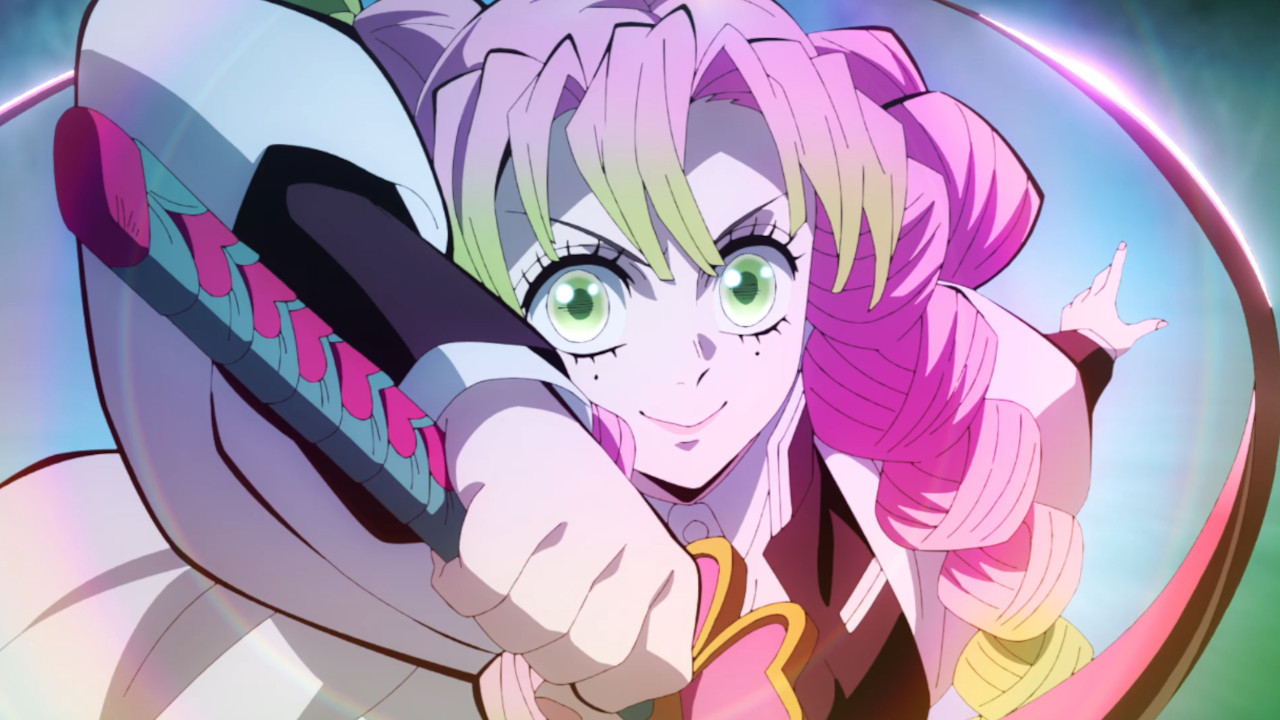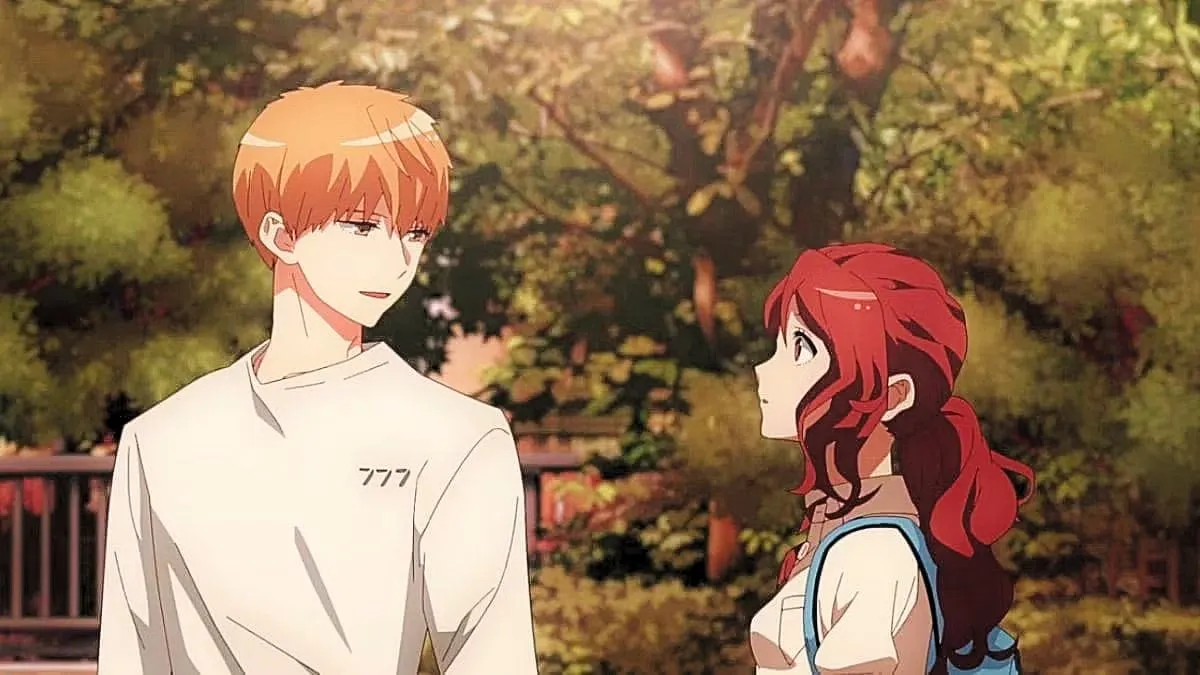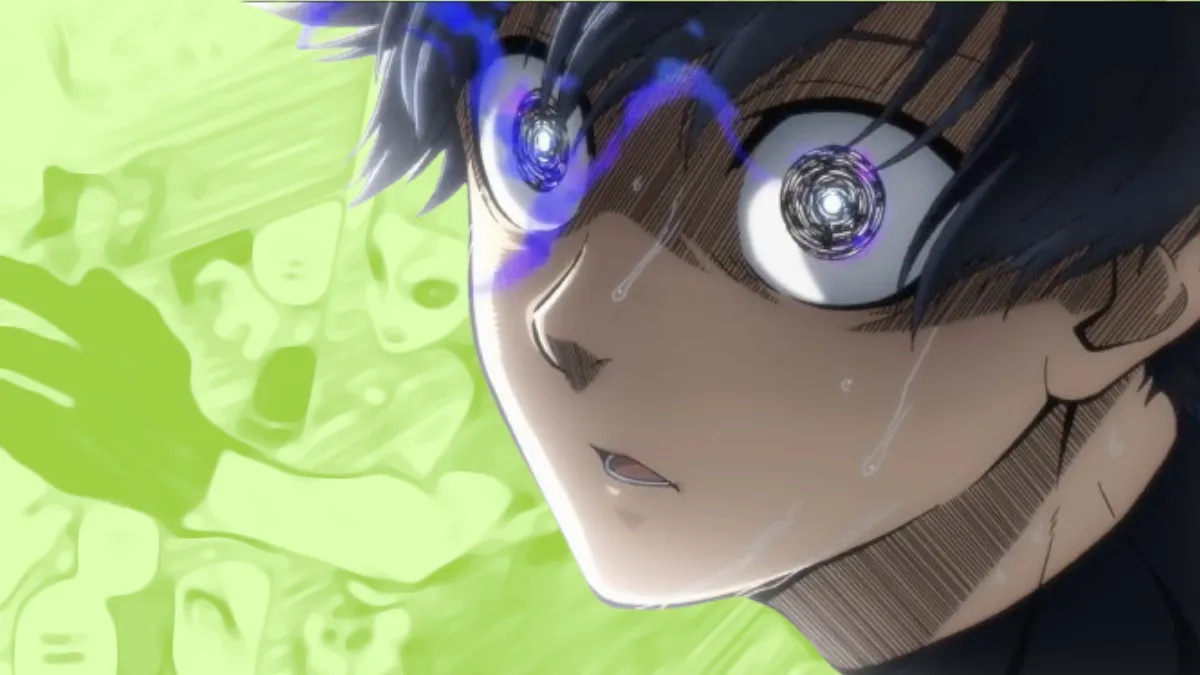Demon Slayer has been nothing short of a cultural phenomenon, with the original manga being a smash-hit in terms of sales and the anime adaptation produced by Ufotable made the series a mainstream success around the world.
Despite having a dedicated fanbase, mountains of merchandise and record-breaking sales, fans have grown exhausted with the franchise – but why?
Despite Its Success, the Anime Is Drawing the Story Out Too Much

The original Demon Slayer manga, which was created by Koyoharu Gotouge and began running in Shonen Jump magazine from February 2016 to May 2020, with its chapters being collected into 23 single volumes, or tankobon. The series was an instant success, and in 2020, the year that the manga concluded, had an estimated ¥1 trillion ($8.75 billion USD) in annual revenue. According to Shonen Jump‘s editor-in-chief, Hiroyuki Nakano, the series’ sales began skyrocketing after the first season of the anime had concluded.
This makes total sense – Demon Slayer season 1 was nearly flawless. Featuring Ufotable’s signature animation style and introducing audiences to the main cast in a way that made it easy to get invested in their stories, the series had something for everyone. While action-packed and filled with terrifying demons, the anime also boasted one of the most endearing takes on the “found family” tropes in the industry.
The praise continues when the Mugen Train arc’s animated adaptation released – a feature length film that pushed the boundaries of modern anime cinema in terms of animation quality, storytelling, and hype. The film became an absolute sensation, and the perfectly orchestrated beats throughout the film highlighting the pivotal Hashira Rengoku is something that’s still discussed today. However, from this point onward, the anime starting facing controversies for something unexpected: “canon” filler.
Demon Slayer’s Reliance On Reusing Story Arcs Is Hurting the Series’ Reputation

While there are plenty of criticisms to be made about Demon Slayer being a shorter series and debates on whether or not it stuck the landing with its final arc, one thing is clear – the anime adaptation’s reliance on reusing content is a massive problem that’s causing fans to feel a lot of burn out.
As previously mentioned, the Mugen Train film was absolutely incredible – but then, when the subsequent televised season released afterward, Ufotable returned by retelling the film’s plot all over again. While the studio did add a precursor to provide extra Rengoku content which many fans of the series enjoyed, they proceeded to release an episodic “cut for television” version of the film. This was easy to overlook at the time with the addition of the new content, but this was an unfortunate trend that persisted into the Entertainment District arc and the Swordsmith Village arc, which saw a theatrical release of what ultimately culminated in a compilation film of the Entertainment District’s final episode, and the first episode of Swordsmith Village.
While marketing efforts made the formula seem as though it was doing well – and financially, it was – fans began to sour on this approach to the anime’s release. This happened again with the initial release of the Hashira Training arc, which has undoubtedly been the series’ lowest point.
Everything Wrong With the ‘Hashira Training arc’

The Hashira Training arc is relatively short in the manga, acting as a very brief montage that leads directly into the manga’s grand finale: the ‘Infinity Castle’ arc. Despite maintaining a good chunk of its popularity due to audience investment, the consensus is clear: this is the Demon Slayer anime’s lowest point, and fans of the show are exhausted.
While the animation quality is still solid, the arc added quite a bit of filler to pad out its run time, and had a record number of exposition dumps between characters that could have easily been cut for time. Why the team behind the anime made this choice is unclear, but grim speculation from fans are obviously accusing the team behind the anime of stretching out its length for money.
Not to mention, Demon Slayer is an easy money maker. The manga was the first series to ever take every single top 10 slot in Oricon’s weekly manga charts, and occupied the top 10 for an entire month. Even with the popularity boom of anime and manga in the last decade, those kinds of numbers are almost unheard of. Hopefully the anime adaptation can win its fans over and stick the landing with the adaptation of the final arc, which, in classic Demon Slayer form, will be split into an entire feature-length film trilogy. We just hope that they’re capable of sticking the landing and that the series won’t go out with a disappointed community.
Demon Slayer is available to stream on Crunchyroll. The original manga is published in English by Viz Media.










Published: Jul 15, 2024 03:11 pm